Lancaster's role in the world's largest science experiment
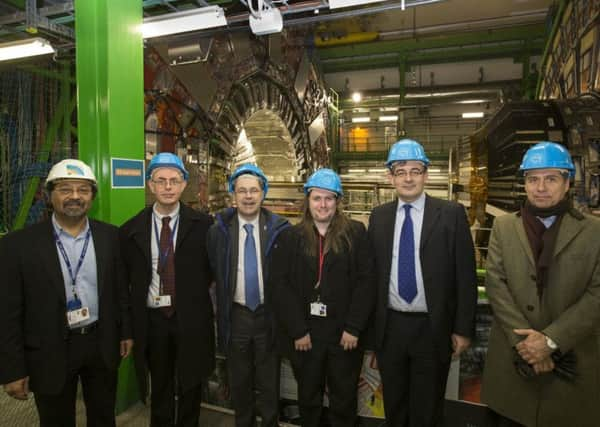

Running deep underground below the edge of the city of Geneva and burrowed beneath the borders of France and Switzerland is the Large Hadron Collider – part of the world’s largest science experiment.
The Large Hadron Collider is a massive 27km long engineering feat that forms part of a huge complex of scientific facilities called CERN.
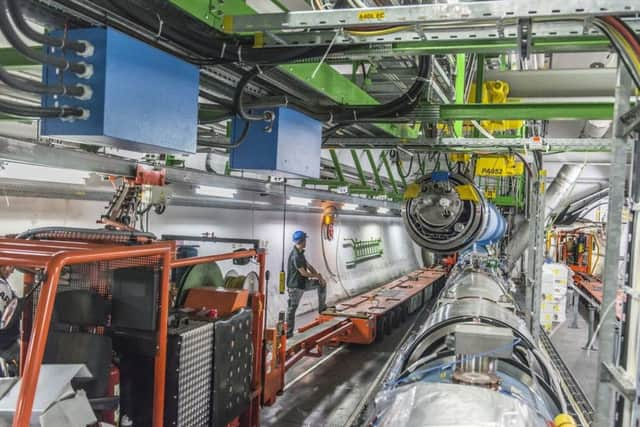

Advertisement
Hide AdAdvertisement
Hide AdThe experiments conducted by international teams of scientists at CERN are key to answering some of the biggest questions about the universe.
Their most famous discovery in recent years was that of the Higgs Boson, a sub-atomic particle thought to be a key building block of the universe, and which received worldwide media attention.
Geographically, Lancaster may feel far removed from Geneva. However, a large team of engineers and physicists from Lancaster University are playing an integral role in conducting the experiments, interpreting their results, and in designing and building the cutting-edge technology that enables the science to happen.
The Large Hadron Collider, which collides beams of particles together to produce data for physicists to analyse, is currently being upgraded – a project called the High Luminosity Large Hadron Collider (HL-LHC) project.
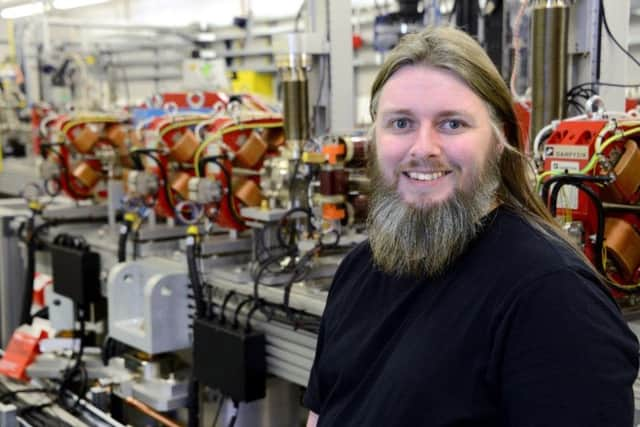

Advertisement
Hide AdAdvertisement
Hide AdThe upgrade will result in ten times as many collisions occurring – vastly increasing the amount of data available from experiments.
Dr Graeme Burt is a Lancaster University and Cockcroft Institute engineer playing a key part in the upgrade – he is the UK project manager of the HL-LHC-UK project.
He describes the scale of the engineering work taking place on the Large Hadron Collider, while Prof Roger Jones, who is head of Lancaster’s physics department, gives an insight into his experiences of working at CERN.
Dr Graeme Burt, senior lecturer in engineering at Lancaster University and the Cockcroft Institute, and also the High-Luminosity Large Hadron Collider UK project manager
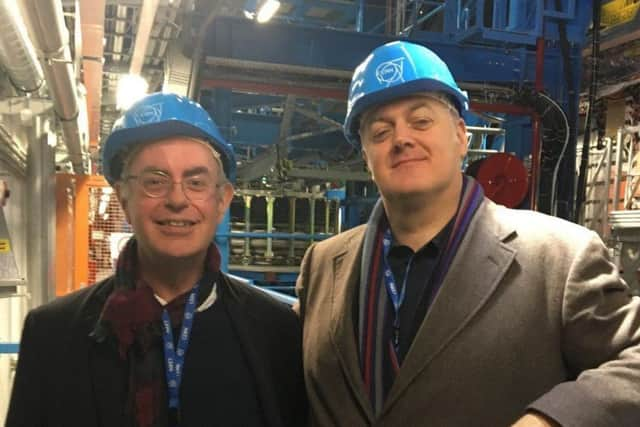

Advertisement
Hide AdAdvertisement
Hide Ad“CERN, the European Organization for Nuclear Research, is the home to the Large Hadron Collider (LHC), the world’s largest physics experiment.
“While the physics that goes on there is well known what is less visible is the army of engineers who build and maintain the particle accelerators that make up the LHC.
“In fact CERN employs 10 times more engineers and technicians than physicists. The accelerators are really at the cutting edge of engineering involving civil, mechanical, electronic, electrical and nuclear engineers.
“The LHC has been created to collide fundamental particles called protons together. The energy density in each collision is similar to the energy density of the universe just after the big bang when the universe was born, creating a primordial soup of particles. Out of this soup comes rare particles that haven’t been seen on earth since the big bang, although they are being created regularly in space in natural particle accelerators called supernova that occur when stars explode.
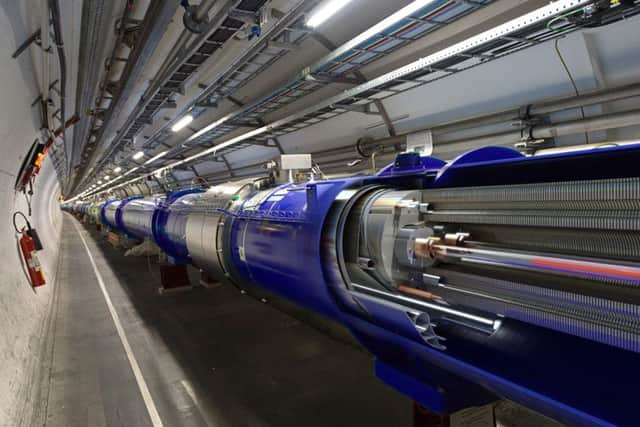

Advertisement
Hide AdAdvertisement
Hide Ad“The physicists hope to study these particles to better understand our universe. From observing the motion of stars in the sky astronomers estimate that we only understand about five per cent of all matter, and the LHC was built to understand the other 95 per cent.
Many of these engineers and physicists are recruited from the UK, as a CERN member state, and Lancaster has had a long relationship with CERN.
“In the past few years five engineering undergraduate students from the University have taken a placement at CERN to help create the next generation of particle accelerators, along with another five PhD students based at CERN and another 13 engineering PhD students who are developing particle accelerators in the UK from the Engineering of Microwaves, THz and Light group and the Cockcroft Institute of Accelerator Science and Technology at Lancaster University.
“No university in the UK has more engineering involvement in CERN that Lancaster, with Lancaster project managing the UK’s contribution to the next big accelerator upgrade at CERN, the LHC luminosity upgrade.
Advertisement
Hide AdAdvertisement
Hide Ad“The UK team is delivering several million pounds of cutting-edge equipment to CERN, including superconducting systems to align the beam and to power the magnets, special shields that protect the LHC from the beam, and devices to measure the beam properties.
“But these advanced machines are not just useful for fundamental physics. The list of technologies that developed out of particle accelerators.
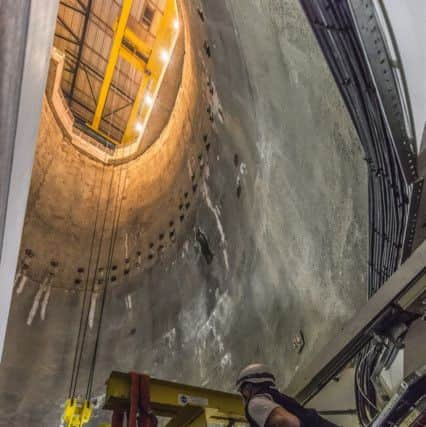

“Everyone knows the internet was created by CERN to share large amounts of physics data, but particle accelerators also led to the development of touch screens.
“Particle accelerators themselves are used for radiotherapy to treat cancer, cross-linking used to make strong plastic for shrink wrap, tyres, cereal boxes and computer cables, and X-ray sources to scan luggage and cargo at ports and airports.
Advertisement
Hide AdAdvertisement
Hide Ad“Lancaster University also leads the ASHE project (Accelerators for Security, Healthcare and the Environment) which translates technology developed at the Cockcroft Institute for CERN into other everyday applications.
Prof Roger Jones, head of physics at Lancaster University
“My main interest is studying how we came to be here – more specifically, why all the matter and antimatter created in the big bang did not just annihilate each other and leave a soup of light, rather than lots of matter and essentially no antimatter.
“We are looking for small differences in the laws of nature that favour the survival of matter.
“The same measurements I work on could also reveal new particles and forces that could open new understanding of the working of the universe now, and importantly when the universe was being formed.
Advertisement
Hide AdAdvertisement
Hide Ad“I also spend a lot of time working on the worldwide computing system; we use the equivalent of hundreds of thousands of home computers and three million times the domestic home storage.
“This is all required to process the data and allow us to analyse the huge numbers of collisions.
“Working at CERN is exhilarating, with a small dose of frustration; we have teams of thousands of scientists from all around the world – the experiment involves 78 countries in six continents.
“It is inspiring how cultural, political and other differences are set aside in the pursuit of understanding how the world works.
Advertisement
Hide AdAdvertisement
Hide Ad“Then again, working with so many people, all from different systems and background is quite challenging – but fun.
“All of the money – my experiment costs a few millions pounds each year – and effort goes into the science, rather than fancy buildings.
“If you visit the site, you will be surprised how dated and shabby the place can be, it all needs a lick of paint and new furniture, but I rather like the 1960s futurism of a lot of it.
“It is also interesting working across a national border, with half of the site in France and half in Switzerland – despite both sides speaking French, their characters are very different.
Advertisement
Hide AdAdvertisement
Hide Ad“So I often wake up in my flat in France, work in an office in Switzerland, and go to bed in Lancaster.
“Spending so much time near the Alps and the Jura mountains is a joy as well, allowing some time for walking and skiing at weekends.”